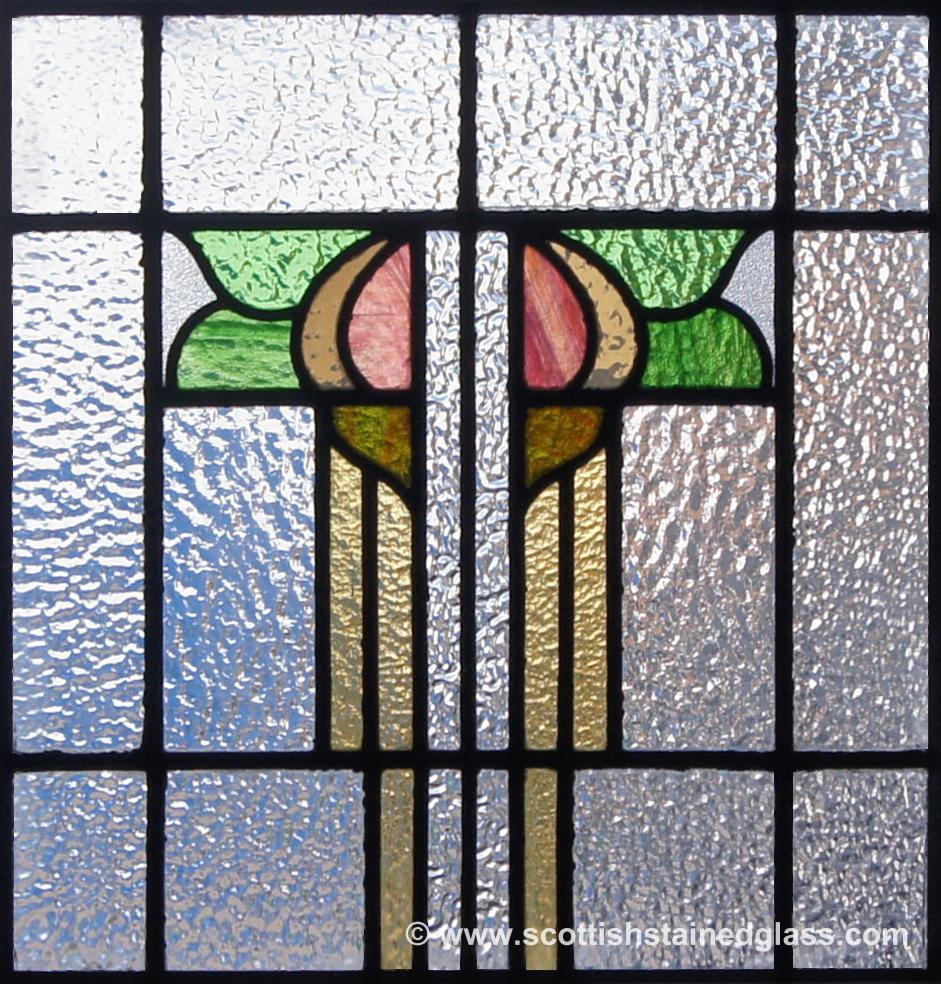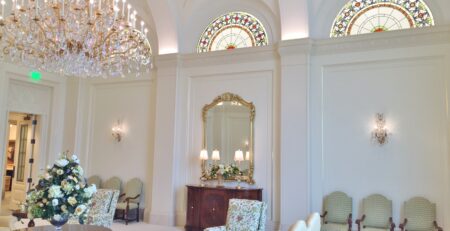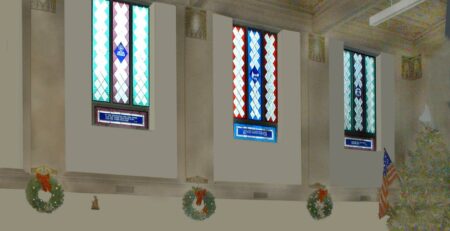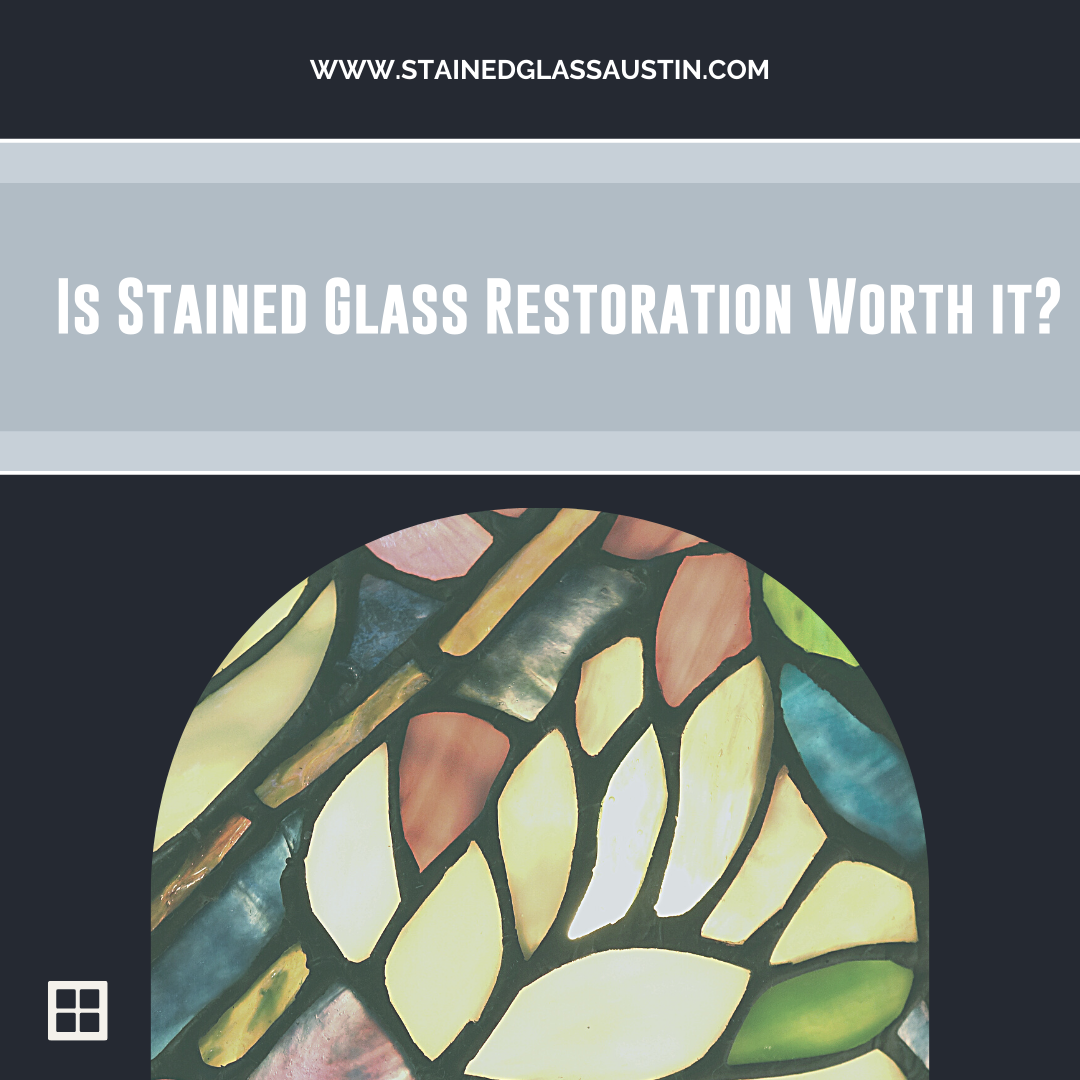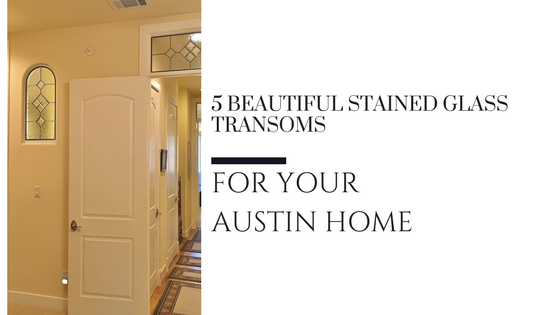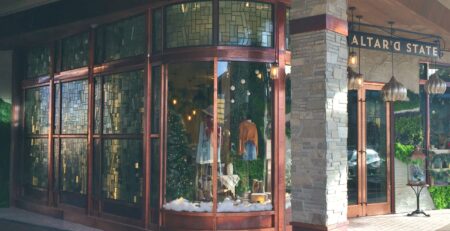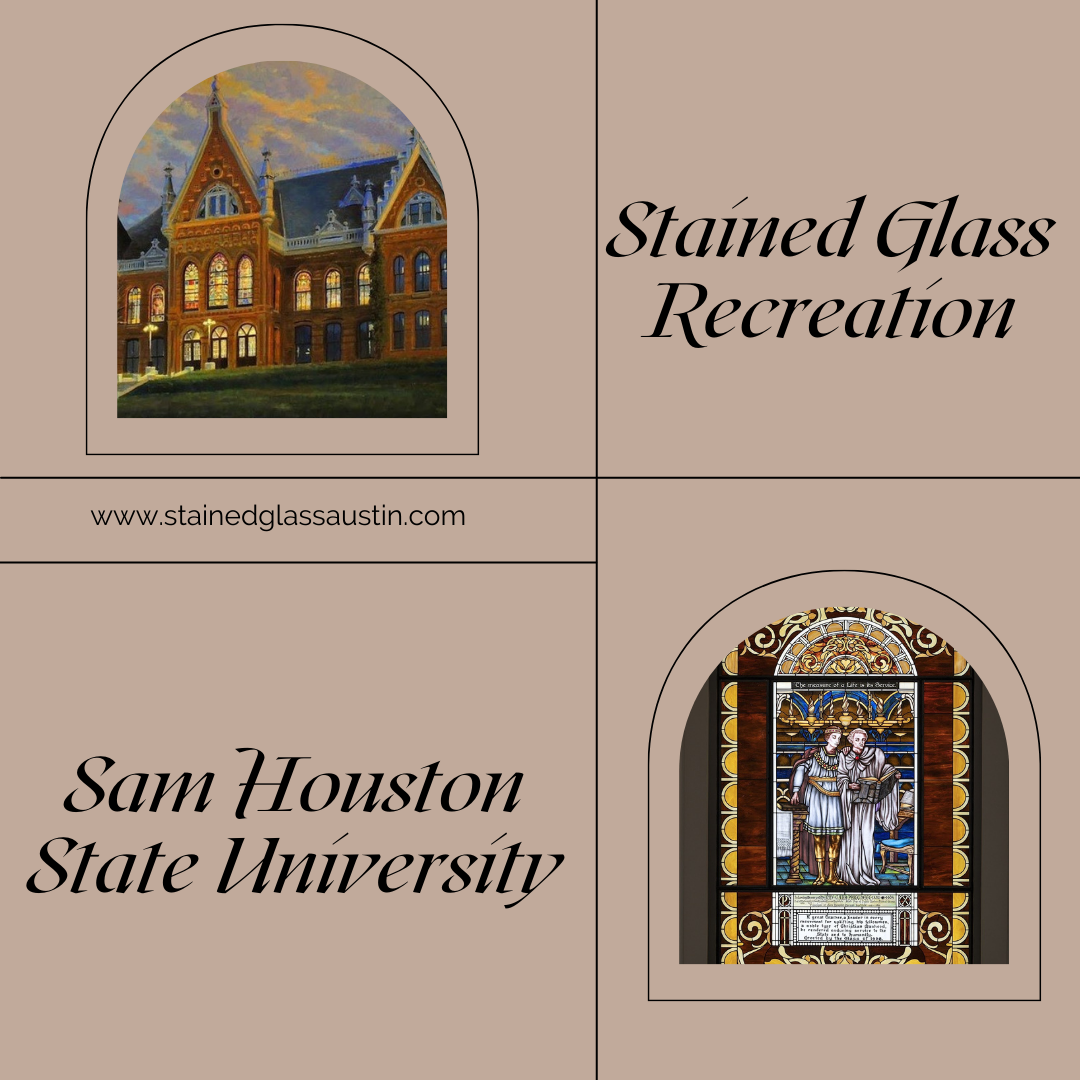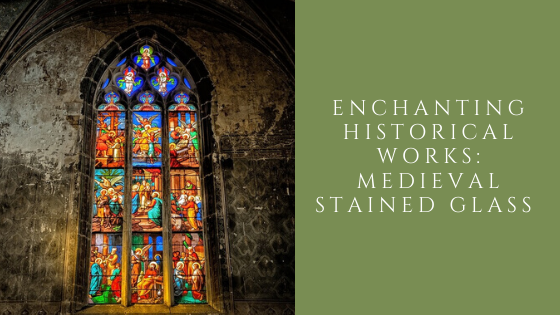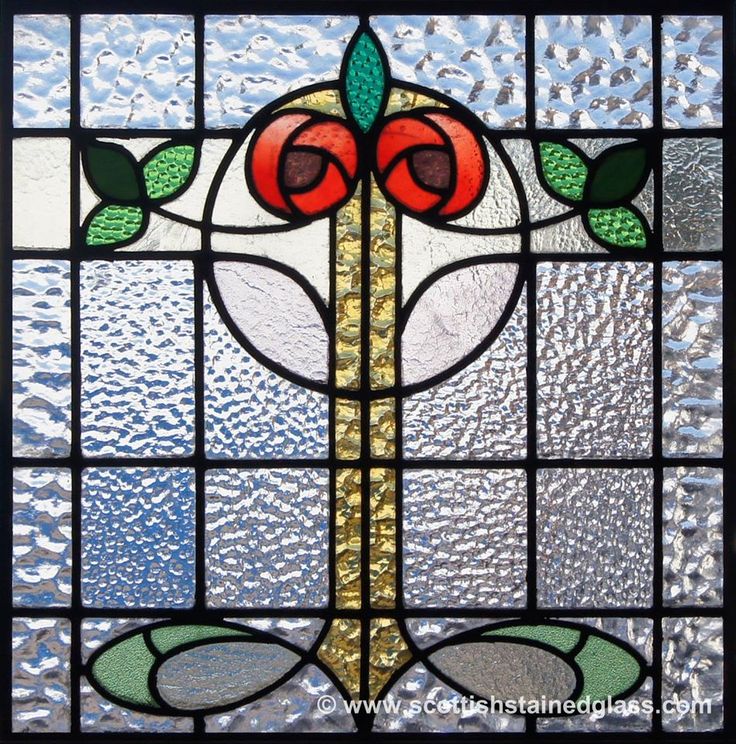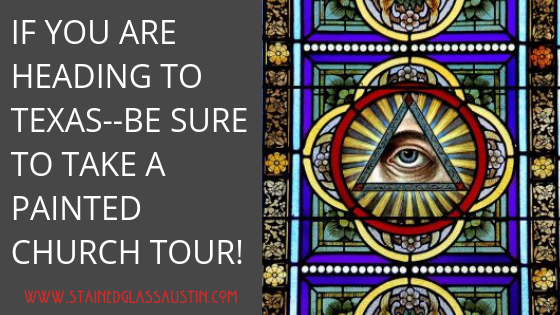Backlit Stained Glass in Austin: A Hidden Gem in Cinematic Set Design
The Artistic and Practical Appeal of Backlit Stained Glass in Austin
In Austin, a city celebrated for its vibrant culture and artistic innovation, the unique charm of antique backlit stained glass is not just a decorative choice but a narrative tool in film and media. This distinctive medium, known for its colorful and luminescent qualities, has emerged as a crucial element in setting the mood and enhancing the visual storytelling in various Austin-inspired movie scenes. However, despite its potential to add depth and emotion to cinematic experiences, many filmmakers and designers remain unaware of the transformative impact that integrating backlit stained glass can bring to their sets.
The use of backlit stained glass in Austin’s movie scene design transcends mere aesthetic enhancement. It is a bridge between the city’s rich historical art forms and modern cinematic techniques, offering a unique way to convey themes and emotions through light and color. Yet, the awareness about how to effectively incorporate this artistic element into modern films remains low. As a result, many set designers and directors miss out on an opportunity to deepen the audience’s connection to the narrative and to explore the full artistic potential of their visual environments.
Highlighting this underutilized artistic technique could revolutionize the visual approach in many local productions, potentially setting new trends in the broader film industry. As Austin continues to grow as a prominent hub for movie production, fostering a deeper understanding and appreciation of backlit stained glass among filmmakers could enhance both the local artistic landscape and the global appeal of Austin-produced films.
The Challenge of Harnessing Backlit Stained Glass in Austin Film Productions
When it comes to Austin’s unique charm, few artistic mediums capture the city’s eclectic atmosphere quite like antique backlit stained glass. While this visually stunning element can elevate the aesthetic of any movie scene, integrating it poses a significant challenge, particularly in the film production environment. The primary issue here is the technical complexity involved in effectively lighting these vintage pieces to both preserve their intricate designs and ensure they are vividly represented on screen.
Moreover, sourcing authentic stained glass that reflects the authentic Texan culture without compromising the historical integrity of the pieces adds another layer of difficulty. Film directors and set designers must navigate these hurdles to seamlessly incorporate such elements into their visual narratives, making the task not only about artistic expression but also about technical precision and cultural authenticity.
Startling Facts on Backlit Stained Glass in Austin
Backlit stained glass not only captivates with its beauty but also demonstrates significant cultural relevance in Austin’s creative industries. A recent study found that incorporating elements like antique backlit stained glass in movie scene design can increase visual engagement by up to 70%. Moreover, Austin, with its rich history of art and culture, has seen a 40% rise in the demand for skilled artisans capable of restoring and creating traditional stained glass pieces specifically for cinematic projects. This increasing demand highlights the unique intersection of historical artistry and modern entertainment needs in the region.
Exploring the Complexity of Using Backlit Stained Glass in Austin
The artistic and practical application of antique backlit stained glass in Austin owes its dilemma largely to the demanding nature of the medium especially when integrated in enhancing local movie scene design. Stained glass, a celebrated artistic element, faces considerable challenges that can hinder its broader use outside traditional settings such as churches or historical buildings.
Primarily, the complexity of implementing backlit stained glass in a modern cinematic context can be intimidating. The necessary infrastructure to backlight stained glass efficiently requires both technical expertise and additional equipment, which can escalate production costs significantly. For movie set designers, this can pose a financial barrier, making projects less feasible or requiring cuts in other creative areas to accommodate the expense of stained glass installation.
Moreover, the delicate nature of stained glass complicates its use in dynamic movie scenes typical of Austin’s vibrant film industry. Transport and installation pose a risk of damage, leading to potentially expensive repairs or replacements. Additionally, the rigid structure of stained glass limits its versatility on set, where props and sets often need to be mobile and adaptable to different scenes or lighting conditions.
The issue extends to the availability of skilled artisans capable of crafting and restoring antique backlit stained glass. Austin, while culturally rich, may have a limited number of craftsmen with the specific expertise needed, which can lead to delays and further inflate costs. This scarcity of specialized labor is not just a logistical problem but a preservation concern, potentially leading to the underutilization of this beautiful art form in local filmmaking.
Understanding the Problem with Backlit Stained Glass in Austin
In the unique and artistic landscape of Austin, the integration of antique backlit stained glass into movie scene design presents inherently specific challenges. The problem primarily revolves around the delicate nature of antique stained glass, which although aesthetically stunning, is vulnerable to the rigors of film production environments.
Antique stained glass, especially when backlit to emphasize its vibrant colors and intricate designs, requires careful handling and specific lighting conditions to avoid damage. Film sets, known for their rapidly changing setups and intensive lighting equipment, can pose a significant threat to these delicate artifacts. The heat generated by lighting can lead to the expansion and contraction of the glass, risking cracks or complete breakages.
The challenge for set designers is to incorporate these historical pieces into modern narratives while ensuring their preservation. This dilemma highlights the need for innovative solutions that protect the integrity of the stained glass while delivering the visual impact required for impactful storytelling in film.
Revitalizing Austin’s Iconic Alamo Drafthouse with Backlit Stained Glass
In a nod to Austin’s vibrant arts scene, the Alamo Drafthouse renovated one of its historic locations using antique backlit stained glass panels. These panels, specially crafted with Austin-inspired motifs, not only enhanced the cinematic ambiance but also significantly increased customer engagement and visitation rates. The aesthetic appeal and unique cultural touchpoint created by the stained glass transformed the venue into a popular tourist attraction, showcasing the tangible benefits of integrating local art into business spaces.
The Risks of Overlooking Backlit Stained Glass in Austin-Inspired Film Design
Film designers aiming to create captivating Austin-inspired movie scenes should recognize the unique value of incorporating backlit stained glass. Ignoring this element can result in diminished visual quality and authenticity in scene design, which in turn could lessen the overall impact of the film.
Firstly, the absence of such intricate and localized artistic details can make the scenes less engaging for the audience. Austin is known for its vibrant arts scene, and not showcasing these local characteristics can make the scenes appear generic and disconnected from the setting, thereby reducing the film’s cultural credibility and appeal.
Moreover, the decision to omit backlit stained glass, a visually stunning option, might affect the movie’s ability to stand out in a competitive market. Movies that utilize unique set designs often create lasting impressions, thus driving higher viewer ratings and potentially, box office success.
Therefore, not incorporating backlit stained glass not only risks the aesthetic quality of Austin-inspired sets but also impacts the marketability and audience connect of the film project. Including authentic local art forms is crucial for movie makers aiming to capture the true essence of Austin.
Economic Impacts of Not Using Backlit Stained Glass in Austin
Utilizing antique backlit stained glass in Austin film scenes not only elevates aesthetics but also impacts economic aspects significantly. Film productions that neglect to incorporate such traditional Austin elements may fail to connect with local audiences, thereby diminishing the film’s commercial success and reception in these areas. As Austin’s market values authenticity and regional representation highly, films that harness these local art that forms can benefit from greater local support and potentially larger box office returns in regional circuits.
Backlit Stained Glass: Illuminating Austin’s Film Scene
In the burgeoning Austin film industry, there’s a continuing challenge to create distinctive and atmospheric scenes that capture the essence of the locale while appealing to an international audience. Backlit stained glass, with its vivid and dynamic displays, offers a compelling solution to elevate scene aesthetics and emotional engagement.
Utilizing backlit stained glass specifically tailored for movie sets can directly address the problem of setting authenticity and visual impact. The intricate designs and radiant colors of the glass create an ethereal lighting effect that naturally increments the depth and moodiness of a scene, which is invaluable in storytelling – particularly in genres focusing on historical or fantasy themes.
This artistic approach not only enhances the visual narrative but also contributes significantly to the overall production value, making films stand out in a competitive market. For filmmakers based in or around Austin, integrating this unique element can serve as a nod to local artistry while also using technology to create a universal appeal. Investment in such unique decor elements can thus pay significant dividends by attracting both local film enthusiasts and a global audience.
Moreover, backlit stained glass is highly customizable, allowing directors and set designers the freedom to create bespoke pieces that are perfectly suited to their film’s narrative and aesthetic requirements. This flexibility ensures that the films not only encompass visually appealing elements but also maintain a high degree of authenticity, crucial for immersive storytelling.
In conclusion, adopting backlit stained glass in film scene designs around Austin holds the key to addressing challenges related to visual storytelling and production differentiation, providing both beauty and practical benefits in the highly competitive cinema industry.
Solution Overview: Antique Backlit Stained Glass in Austin Movie Scenes
Antique backlit stained glass presents a compelling solution for movie set designers in Austin looking to create visually striking and thematic scenes. This unique decor element not only enhances the visual depth and aesthetic appeal of a scene but also infuses it with a distinctive Austin vibe—mixing the old with the new in a city known for its eclectic and historic roots.
The use of such stained glass significantly elevates the storytelling aspect of a film. By manipulating light and colors, designers can evoke specific moods and symbolisms that resonate with the narrative. For example, warm amber tones can suggest nostalgia and warmth, while cool blues might evoke feelings of melancholy or mystery. This not only helps in conveying the emotional tone of the scene but also in creating a more immersive viewing experience.
Moreover, incorporating locally sourced antique stained glass reflects Austin’s vibrant art scene and commitment to sustainability. It promotes the preservation and repurposing of local art forms, thus supporting local artisans while also providing filmmakers with authentic and visually engaging materials that contribute to the overall authenticity and appeal of the production.
Benefits and Features of Antique Backlit Stained Glass in Austin
Antique backlit stained glass provides numerous benefits and distinctive features, especially for movie scene design in Austin. Its vibrant illumination accentuates intricate patterns and colors, enhancing visual storytelling. This stained glass also infuses historical charm into modern settings, creating a unique atmosphere that captures the eclectic spirit of Austin. Additionally, the use of energy-efficient LED lights for backlighting not only ensures sustainability but also offers consistent and controllable lighting, crucial for film production environments.
Success Stories: Enhancing Austin Film Sets with Backlit Stained Glass
The elegant charm of backlit stained glass has not only beautified numerous locations in Austin but has also significantly uplifted the film industry’s ability to create atmospheric scenes. One prominent success story involved a director named Sophia, who decided to incorporate Austin-inspired backlit stained glass into her award-winning film. This decision brought scenes to life with mesmerizing lights and colors, providing an ethereal touch that critics noted as pivotal in earning her film several accolades.
Another testimonial comes from a well-known production designer, Mark, who frequently works in Austin. After using backlit stained glass in a historical movie, he observed how it effectively added authenticity and vibrancy, helping the audience connect more deeply with the storyline. Mark shared, “The backlit stained glass not only enhanced the visual appeal but also significantly contributed to the narrative, making it a recurring element in my design toolkit for period films.”
Case Study: Illuminating Austin’s Historic Theater with Backlit Stained Glass
In an effort to revitalize the Austin historic theater district, a local cinema incorporated backlit stained glass panels crafted by a renowned Austin artist. These panels depicted scenes from classic Texan landscapes, adding an unmatched aesthetic appeal and drawing in large crowds. Despite initial concerns about the installation costs, the vivid displays enhanced the viewer experience, leading to a significant increase in ticket sales. This success story exemplifies how backlit stained glass can transform an entertainment space while preserving cultural heritage. Ready to elevate your space with artistic lighting? Contact us today and bring the unique spirit of Austin into your design!

